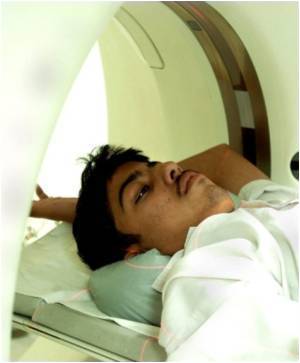A study in the August 11 issue of JAMA says that from 1997 to 2007, the rates of visits to emergency departments in the U.S. increased significantly

Ning Tang, M.D., of the University of California, San Francisco, and colleagues examined changes in ED visit rates in the United States to evaluate the hypothesis that EDs are serving in a safety-net role for an increasing segment of the U.S. population. Data from the National Hospital Ambulatory Medical Care Survey from 1997 through 2007 were stratified by age, sex, race, ethnicity, insurance status, safety-net hospital classification, triage category, and disposition. Emergency departments were classified as safety-net facilities if they provide more than 30 percent of total ED visits to persons with Medicaid, more than 30 percent of total ED visits to uninsured individuals, or a combined Medicaid and uninsured patient population greater than 40 percent. Visit rates were calculated using annual U.S. census estimates.
The researchers found that between 1997 and 2007, total annual visits to U.S. EDs increased from an estimated 94.9 million to an estimated 116.8 million, an increase of 23.1 percent, with this increase being almost double what would be expected from population growth during this period. Emergency department visit rates increased from 352.8 to 390.5 per 1,000 persons between 1997 and 2007. Although the number of ED visits increased, the number of EDs available to the U.S. population decreased by 5 percent during this period. Factoring in the growth in the U.S. population, visits by the 18- to 44-year-old and 45- to 64-year-old populations accounted for the greatest increase in ED visits.
Emergency department visit rates among adults with Medicaid increased significantly between 1999 and 2007, from 693.9 to 947.2 visits per 1,000 enrollees. Adults with private insurance and Medicare, as well as the uninsured, showed no significant change in ED visit rates. Among adults with Medicaid, the ED visit rate for ambulatory care-sensitive conditions per 1,000 enrollees increased from 66.4 in 1999 to 83.9 in 2007.
The researchers also found that from 1997 to 2007, median (midpoint) ED wait times to see a physician increased from 22 minutes to 33 minutes. Also, the number of facilities qualifying as safety-net EDs increased from 1,770 in 2000 to 2,489 in 2007.
The authors add that even though this study includes the latest available data on U.S. ED visits, through 2007, a critical concern is what has happened in more recent years. "One of the nation's most severe recessions started in 2008, and with record job losses in 2008 and 2009, an estimated additional 5.8 million Americans be¬came uninsured and an estimated 5.4 million enrolled in Medicaid and SCHIP [State Children's Health insurance Program]."
Advertisement
Source-Eurekalert











